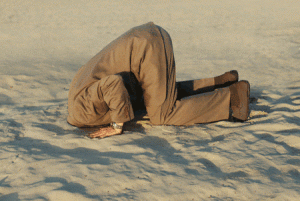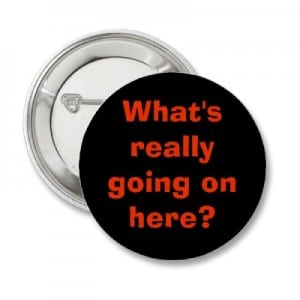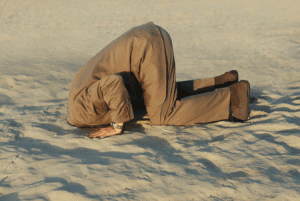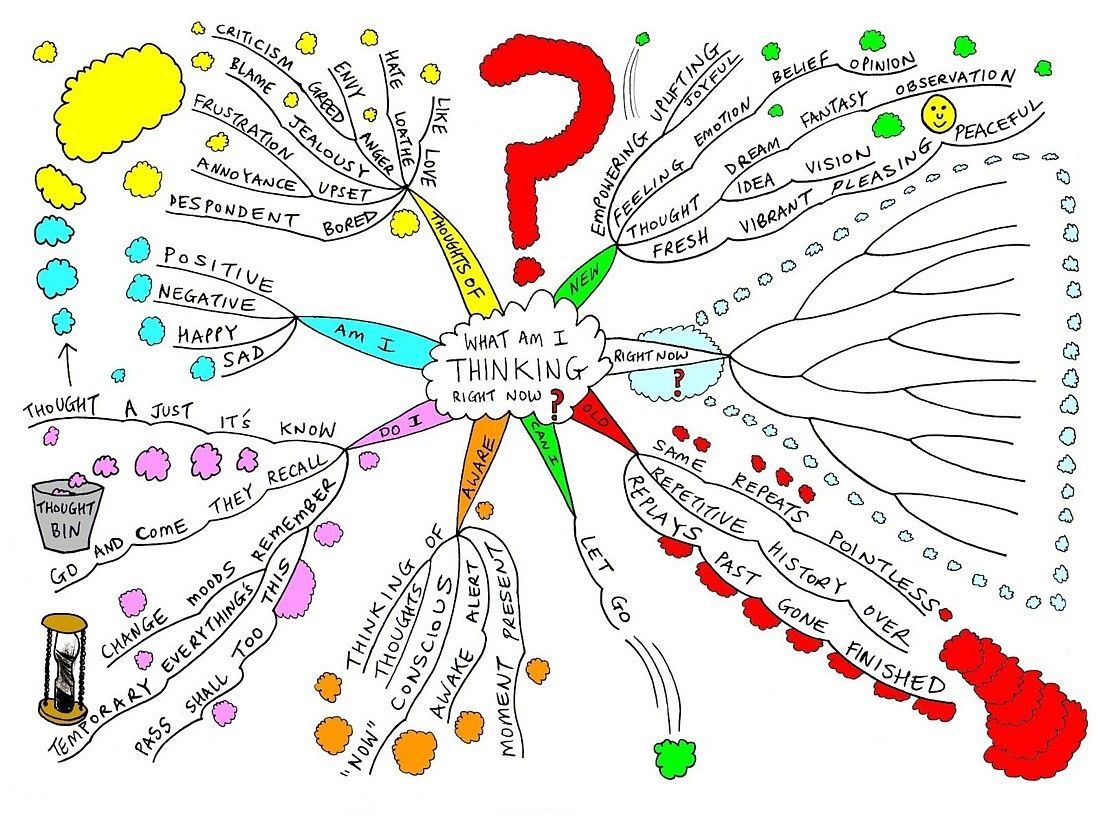 I ran across an article the other day, and it reminded me of something that I had read back in 2011, when I did my analysis of five supplement products for use in horses (CLICK HERE if you want to read that article, called “What’s in Your Supplement). And it got me thinking about something. That is, “What makes you decide if a treatment or product or service isn’t working?”
I ran across an article the other day, and it reminded me of something that I had read back in 2011, when I did my analysis of five supplement products for use in horses (CLICK HERE if you want to read that article, called “What’s in Your Supplement). And it got me thinking about something. That is, “What makes you decide if a treatment or product or service isn’t working?”
You can probably think of a bunch or reasons why you might start using a treatment. Maybe it’s recommended by your veterinarian. Perhaps a friend tried it on his or her horse. Perhaps a friend of a friend tried it (even if it was a few years ago, to the best of anyone’s recollection). Perhaps you’ve seen it advertised in a magazine. On your computer. Direct mail. Maybe you’ve seen a logo on a jump, or in a show program, or been extolled of the product or service’s virtues in a tent. Maybe an enthusiastic teenager at the feed store suggested it – I mean, who would ever question advice coming from a teenager? But you tried it. I get it.
So here’s a question. What’s it going to take to get you to stop?
 The reason I ask is this article from 2010 that I ran across the other day, about joint supplements for humans. The article is published in the journal Osteoarthritis and Cartilage, which is about as prestigious a medical journal as there is on the planet, especially when it comes to joint-related topics. The article is about the [lack of] effects of oral glucosamine supplements on joint health (CLICK HERE to read the article), and, to be frank about it, five years later, not much has changed, that is, there’s still not much in the way of good evidence that glucosamine does anything.
The reason I ask is this article from 2010 that I ran across the other day, about joint supplements for humans. The article is published in the journal Osteoarthritis and Cartilage, which is about as prestigious a medical journal as there is on the planet, especially when it comes to joint-related topics. The article is about the [lack of] effects of oral glucosamine supplements on joint health (CLICK HERE to read the article), and, to be frank about it, five years later, not much has changed, that is, there’s still not much in the way of good evidence that glucosamine does anything.
The article points out some pretty sobering facts about glucosamine, among them being:
- Most of the “effects” of glucosamine have been shown in the test tube
- The effects, such as they are, only happen at doses that are anywhere from 100 to 1000 times higher than can be achieved in the joint fluid and joint tissues when glucosamine is taken orally
- There appears to be a consensus among researchers that glucosamine lacks effectiveness for either relief of pain or improvement in joint function in people with osteoarthritis
- The lining of the intestines, the liver, or the or kidneys will consume a lot more orally administered glucosmaine than joint tissues (otherwise stated, most of what’s given doesn’t make the joints)
 This is, of course, pretty much exactly what’s been found to be the case in horses, too. From a clinical standpoint, it’s also been shown that supplementing for three months didn’t have any effect on 24 old horses (CLICK HERE). Oh, and one other little thing. In horses, it’s also been shown that many of the products don’t contain what they say they contain: twice. I mean, if the products don’t have glucosamine in them, they can’t possibly work, right?
This is, of course, pretty much exactly what’s been found to be the case in horses, too. From a clinical standpoint, it’s also been shown that supplementing for three months didn’t have any effect on 24 old horses (CLICK HERE). Oh, and one other little thing. In horses, it’s also been shown that many of the products don’t contain what they say they contain: twice. I mean, if the products don’t have glucosamine in them, they can’t possibly work, right?
Now with all those facts in mind, I find it curious that they appear to mean almost exactly nothing when it comes to whether or not people buy the darn products. That is, in spite of mountains of evidence that this – and many other products that are out there – are ineffective, in spite of the fact that they pretty much can’t work, based on little things like biology and physiology and such, in spite of the fact that they are pretty much unregulated, and the fact that there’s little or no information to indicate that the products actually do what they say they do, people are still lining up to buy these sorts of products as if they were purchasing hotcakes.
And to me, the question is, “Why?”
 QUICK ASIDE: Not, “Why do they say, ‘Selling like hotcakes?'” Apparently, nobody is really sure where the phrase “selling like hotcakes” originated. The iterm hotcake was coined in the nineteenth century as a synonym for a pancake (which, I must confess, I love). If something sells like hotcakes, it’s bought eagerly – often so eagerly that it’s hard to keep up with demand – and often with little effort on the part of the seller. Pretty much like most equine supplements.
QUICK ASIDE: Not, “Why do they say, ‘Selling like hotcakes?'” Apparently, nobody is really sure where the phrase “selling like hotcakes” originated. The iterm hotcake was coined in the nineteenth century as a synonym for a pancake (which, I must confess, I love). If something sells like hotcakes, it’s bought eagerly – often so eagerly that it’s hard to keep up with demand – and often with little effort on the part of the seller. Pretty much like most equine supplements.
Which also takes me back around to something that I found when I was writing a research article on supplements. On the human side, there has been something of a parade of articles casting doubts on the need for, and effectiveness of, most health supplements, and, for that matter, on the entire supplement industry. One of those articles was in the Wall Street Journal of October 26, 2011 (CLICK HERE to see the report on foxnews.com, which takes you to the WSJ site). In the article, Joseph Fortunato, who, at the time, was Chief Executive Officer of GNC, one of the biggest supplement shops (Quick aside: Is it “shoppes?” – it seems like that’a selling point for a lot of places) in the world, had this to say. “The thing you do with [reports of studies] is just ride them out, and literally we see no impact on our business.” (For what it’s worth, his statement was according to a transcript of the company’s third-quarter conference call with analysts.)
 So, I found it fascinating that the article on glucosamine in Osteoarthritis and Cartilage also pointed out that public behavioral patterns suggest that people will consume oral supplements as long as they perceive that they’re beneficial, regardless of how much evidence there is showing that they aren’t effective. In fact, it’s only when products show that they are significantly harmful that people stop buying them. Otherwise stated, if something is heavily marketed (perceptions) and it doesn’t hurt the horse (harmful), then, what the heck, let’s give it a try! No matter what, apparently. And, to be fair, glucosamine products are almost certainly safe. But what the heck, nobody even knows what an effective dose is.
So, I found it fascinating that the article on glucosamine in Osteoarthritis and Cartilage also pointed out that public behavioral patterns suggest that people will consume oral supplements as long as they perceive that they’re beneficial, regardless of how much evidence there is showing that they aren’t effective. In fact, it’s only when products show that they are significantly harmful that people stop buying them. Otherwise stated, if something is heavily marketed (perceptions) and it doesn’t hurt the horse (harmful), then, what the heck, let’s give it a try! No matter what, apparently. And, to be fair, glucosamine products are almost certainly safe. But what the heck, nobody even knows what an effective dose is.
So, based on the information that’s out there about human psychology, it appears that as long as a product is safe, and perhaps manufactured according to some standards (I say, “Perhaps,” because it’s been clearly shown that some products aren’t manufactured to a standard), people are going to buy it, come h*** or high water, no matter what the studies show, no matter how many studies there are, etc. etc., based on a rather simple premise.
 That being: “Well, I know what’s good for my horse (no matter what),” or something like that.
That being: “Well, I know what’s good for my horse (no matter what),” or something like that.
BUT…. I’m not even sure that a lack of safety is necessarily enough in some cases. Take anti-oxidants. You know, the supposedly wonderful substances that (supposedly) roam the body removing “harmful” reactive compounds called oxidants. Sounds like a great nutritional way to attack disease, right? Especially bad diseases, like cancer, right? So good, in fact, that researchers did a very large trial to test the idea in human patients with lung cancer. And you know what happened? They had to stop the trial because patients taking anti-oxidant supplements died more quickly. Vitamin E not only doesn’t prevent cancer in patients with blood vessel disease or diabetes, it also increases risk of heart failure (CLICK HERE if you want to read about the studies). My point being that in spite of studies showing that anti-oxidant supplements are clearly dangerous in some cases, people are still gobbling them up like, well, hotcakes.
 Sometimes people seem to behave as if they have their fingers stuck in their ears. And you know who knows about the public’s behavior more than anyone else? You know who knows exactly how the public is going to behave? The manufacturers and advertisers, of course! Which helps explain why they are everywhere. And, clearly, they’re doing a great job (selling stuff).
Sometimes people seem to behave as if they have their fingers stuck in their ears. And you know who knows about the public’s behavior more than anyone else? You know who knows exactly how the public is going to behave? The manufacturers and advertisers, of course! Which helps explain why they are everywhere. And, clearly, they’re doing a great job (selling stuff).
The truth does get out, at least eventually. But even in face of the truth, people do act slowly. For example, in 1867, the British Merchant Shpping Act required all ships of the British Royal and Merchant Navies to provide a daily lime ration to sailors to prevent scurvy (which is caused by a vitamin C deficiency, which, by the way, horses can’t have because they make all of their own). Anyway, know when it was advocated drinking orange and lemon juice as a means of preventing scurvy? How about way back in 1593? In case you’re not counting, that’s 274 years.
I don’t know – to me, it curious behavior. What’s it going to take to get you to stop? Probably not moutains of evidence. Marketers and advertisers are counting (their money) on it.







